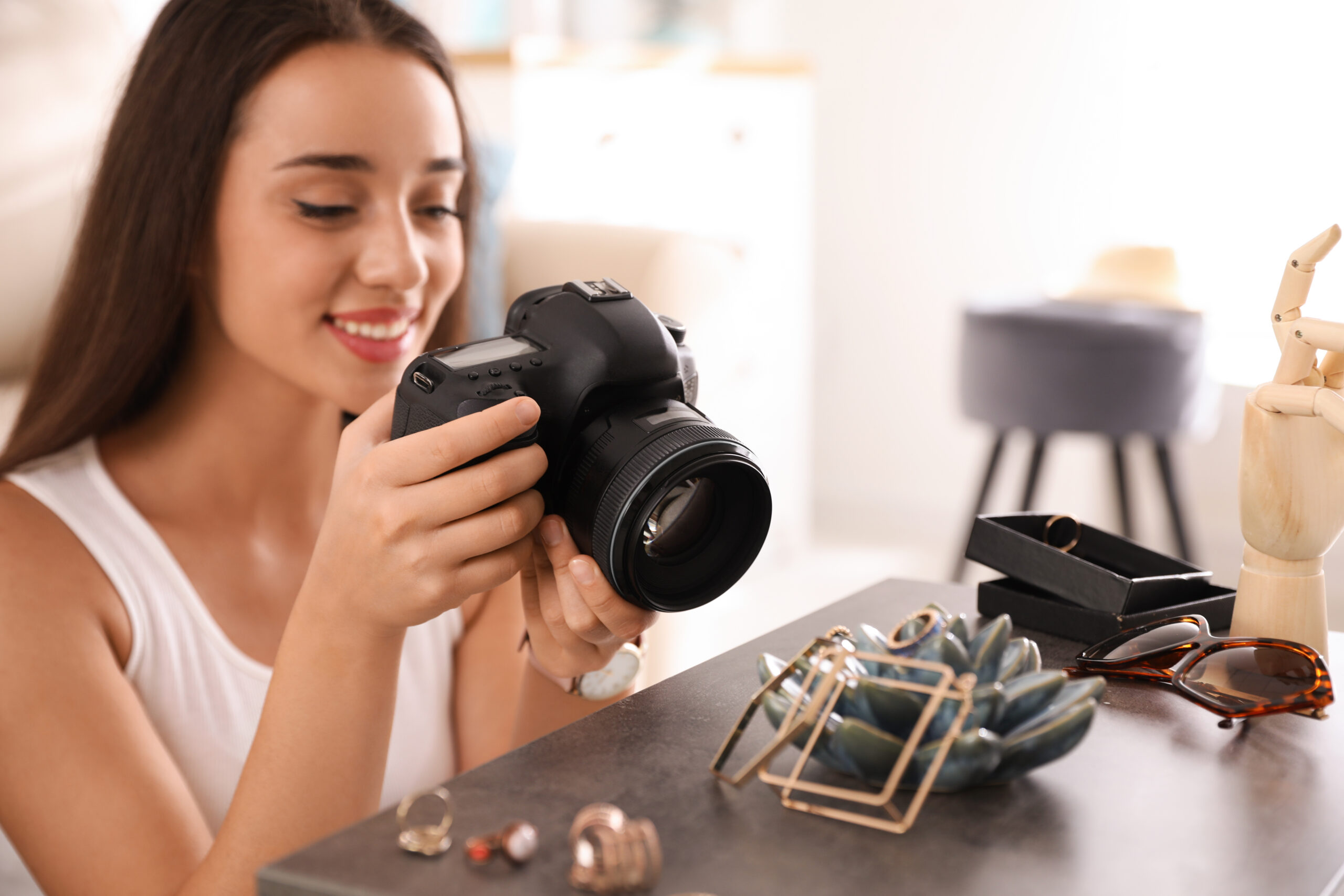Small Objects Photography Check Lists
These are some check lists to use when preparing to phtograph objects.
1 Minute Read
These are some check lists to use when preparing to photograph small objects.
Setting up the Camera Check list
- Mounted so you can get at the film rewind button
- Film installed and wound on correctly
- Film type box top inserted in back of camera
- Battery checked
- ISO checked
- Lens front checked for cleaning requirements
Taking the Photo Check list
- Review what the photo is supposed to do for you, what it is supposed to reveal about the object to the intended viewer.
- Object is a good proportion to frame.
- Composition is good.
- Object is shown to its best (most informative for the purpose) advantage (turn it around and check it at different angles and heights of camera angle through the viewfinder). Does the image do what you need it to?
- Model the lighting to best suit the object (and the degree of your dramatic intent).
- Re - check for poor composition.
- Check for odd lighting in background, holding stand parts visible, edges of shot for all the things you don't want there in the final image.
- Check for deep shadows and hot spots and adjust the lighting accordingly.
- Make the primary depth of field focus and f-stop decision.
- Accept the composition and lighting decisions.
- Take light meter reading off the center of the object.
- Swing the viewfinder around the object to check for hot spots and deep shadow metering variations, fix any problems in lighting if it is necessary.
- Take light meter reading half on the object and half on the shooting surface as a cross check.
- Make a light metering decision.
- Possibly check the metering decision with a gray card. Correct it if it feels appropriate.
- Shoot. (make a decision to bracket or not and by how much).
Copy Set - Up Check List (Collins, p 139)
- select a set
- estimate size of art
- position the lights
- balance the illumination
- place the art under the light
- set the camera back parallel to the art
- center the camera
- frame the art and focus
- check for problems
- calculate the exposure
- make the exposure
- re-check the alignment of the camera
You assume all responsibility and risk for the use of the safety resources available on or through this web page. The International Gem Society LLC does not assume any liability for the materials, information and opinions provided on, or available through, this web page. No advice or information provided by this website shall create any warranty. Reliance on such advice, information or the content of this web page is solely at your own risk, including without limitation any safety guidelines, resources or precautions, or any other information related to safety that may be available on or through this web page. The International Gem Society LLC disclaims any liability for injury, death or damages resulting from the use thereof.
Charles Lewton-Brain
Master goldsmith Charles Lewton-Brain trained, studied and worked in Germany, Canada and the United States to learn the skills he uses. Charles Lewton-Brain is one of the original creators of Ganoksin.
The All-In-One Jewelry Making Solution At Your Fingertips
When you join the Ganoksin community, you get the tools you need to take your work to the next level.
Trusted Jewelry Making Information & Techniques
Sign up to receive the latest articles, techniques, and inspirations with our free newsletter.



